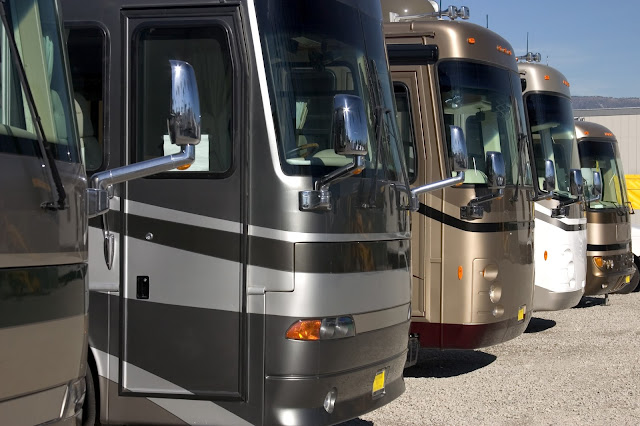Mobile devices have changed how we use
the Internet and Google has taken notice
Google is - without question - the world's largest search engine. They process 77% of the world’s search traffic1 — 63% of U.S. search traffic1 — and lately, they’ve seen a major trend that will massively change how they rank your site in search results.
Google’s business model is dependent on guiding searchers to the most relevant and helpful results — better than any other search engine. To do this, they use special algorithms — groups of questions and statistics — to evaluate a page based on a number of factors such as page load time, keywords, and user engagement rates. If a user has a bad experience with a page that Google directed them to, they will ‘bounce’ off the page and look elsewhere. That’s bad for Google, and if it is your site, it's bad for you. That's one customer you can assume won't be coming back, parituclarly because 61% of consumers say they are unlikely to return to a site that they had difficulty using.2
Where Does Mobile Come In?
In recent years, Google has seen the number of mobile visitors overtake the number coming from desktop computers. As visitors become more connected to their mobile devices, they search more often while they’re out and about - and less while tied to their desks. This has raised a big problem for Google.
Websites built for traditional desktop users — or websites that were hastily converted to be ‘mobile-friendly’ at the cost of losing content — do not provide a good experience for mobile searchers. Mobile searchers are clicking through links on Google and then becoming frustrated by pages that don’t display well, don’t contain the information promised, or flat out don’t work on mobile devices. Google's current algorithms don't currently take mobile friendliness into account. Rankings are based on the factors traditionally used to evaluate desktop websites. That’s all about to change.
The Solution? Mobile-First Indexing.
In order to ensure that users are getting the content they were promised, Google began to experiment with new algorithms that look at the content and experience in mobile websites before looking at the desktop experience. Websites with mobile content relevant to the users' search term will be ranked first and then desktop content will fall second. Now, once the algorithm is dialed in, users will be less likely to become frustrated by missing or irrelevant content when they are browsing on a mobile device. Less frustration for users means more trust for Google and more user engagement on your site.
What Does this Mean for You?
Google’s Mobile-First Indexing changes, — once fully implemented — will be a boost for you if you already have a mobile-friendly website. Sites like RV Trader are built to maximize usability on whatever device a user is on. This means your listings are optimized for mobile users and will adjust based on the device being used to search. Your listings will get ranked higher on Google than competitors' without a mobile presence — or with poorly designed mobile experiences.
If your page isn’t responsive — or you are missing content in your mobile site — your listings will become much harder to find on Google (even if the majority of your users are browsing from the desktop). While search engine optimization and targeted search engine marketing services — such as those offered by RV Trader — can help keep you from falling off completely, your site will ultimately rank behind similar content from competitors with mobile-friendly sites. Mobile optimization is imperative.
What can you do?
Google is looking to release Mobile-First Indexing sometime this year. Though they haven't released a specific timeline, rumor has it changes are coming as of July 1, 2017, but we now know changes won’t take effect until 2018. From Google’s advice, the number one way to prepare is to take the time to ensure the content you want to rank highest exists on your mobile site and is easy to use. Fortunately, by listing your inventory with RV Trader, your content is shown on the leading responsive web platform and is available to 2.25 million monthly unique visitors.3 Your inventory listings will rank higher in Google search results than competitors not following the algorithm set forth by Google — and that means you’ll be moving more inventory quicker.
While RV Trader will do much of the leg work for you regarding listings, your dealership website is still extremely important. Your website serves as an extension of your dealership — if your website is a mess, a potential buyer can assume that your physical location (and customer service) is too. Ensure that you are working with a website provider that will build your website from the ground up to be mobile-friendly and compatible with Google’s big changes. Remember, 61% of consumers are unlikely to return to a site that they had difficulty using.2 Don’t let your dealership’s site — and inventory —become part of that statistic.
2 Google Surveys, 2016.
3 Omniture, 2017.




































